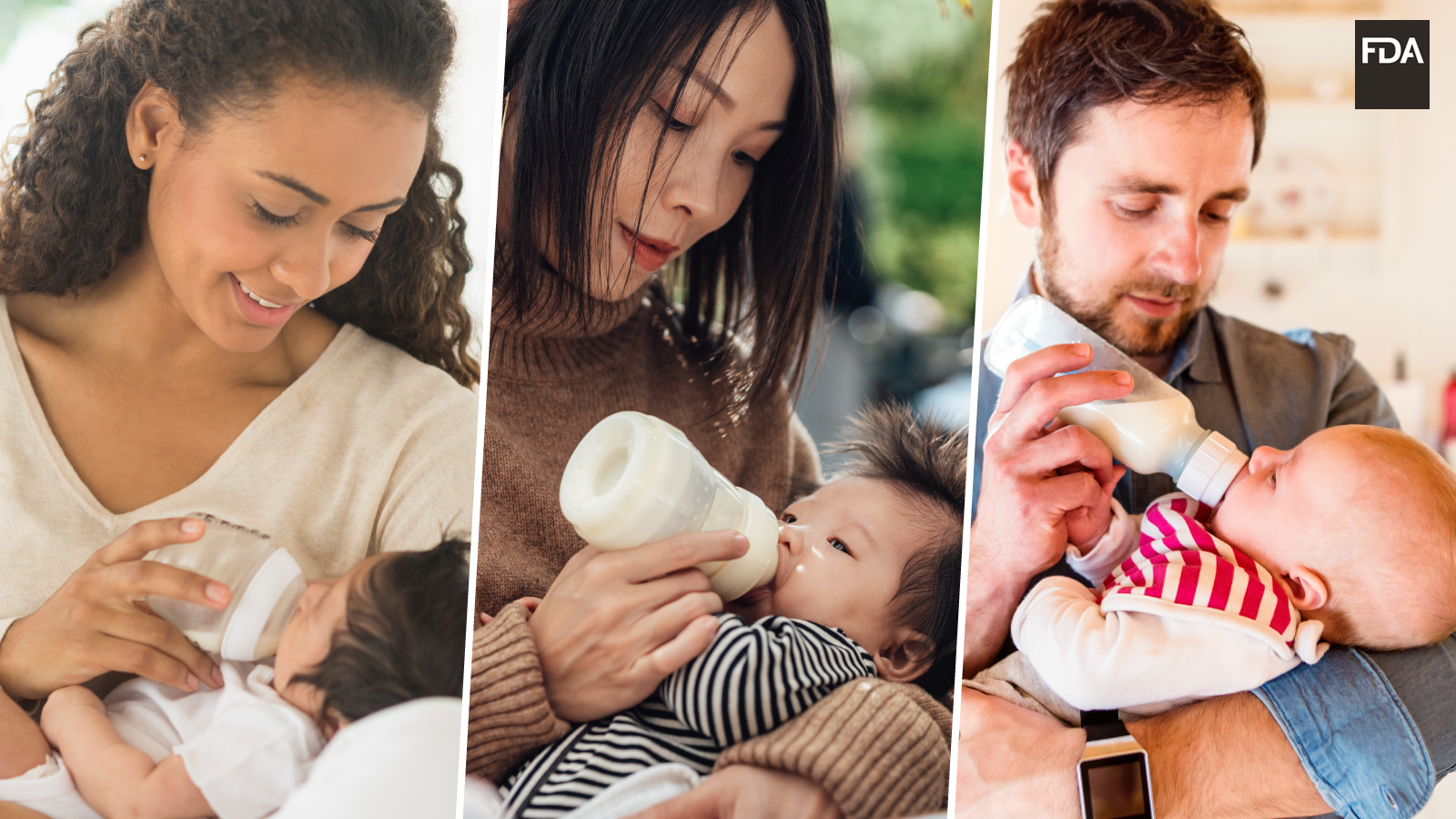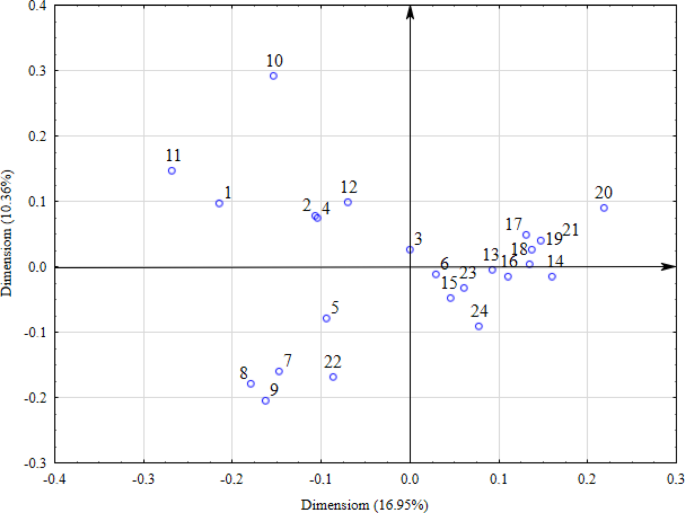How to Spot Signs of Dehydration in Babies and Young Kids
:max_bytes(150000):strip_icc()/parentssignsofdehydrationinkids-974ff9ee1a784f9c84e775a049c13f4c.png)
Signs of severe dehydration in babies and young kids may include respiratory distress, changes in skin tone, and lethargy. Dehydration occurs when a person doesn’t have enough fluid and electrolytes for their body to function properly. The most common causes of dehydration in kids are diarrhea and vomiting, which can quickly deplete the body of necessary fluids.
Dehydration can affect anyone, but it’s especially common in babies and young kids. Read on to learn some key signs of dehydration to look out for and what you can do about it.
Parents/Getty Images
Signs of Mild to Moderate Dehydration
Your child likely won’t be able to tell you that they’re dehydrated, so it’s up to you to look out for the first signs. Early symptoms of dehydration in babies and young kids include:
- Fewer wet diapers: When you’re dehydrated, you pass less urine. Persistently dry diapers are a telltale sign of dehydration in infants and toddlers. In babies younger than 6 months, look for fewer than six diapers per day or little to no urine in 4 to 6 hours. In toddlers, look for little to no urine over the course of 6 to 8 hours.
- Loss of energy: Dehydration can also cause lethargy, listlessness, lack of concentration, fussiness, and paleness. Your child may not want to play or be active, be prone to crying, or just want to sleep, even if the sleep is restless.
- Thirst and dry mouth: Excessive thirst and dryness in the mucus membranes of the lips, tongue, and mouth are other possible signs of dehydration. Lips and mouth may appear parched.
Parents / Yurle Villegas
Signs of Severe Dehydration
Dehydration can progress quickly and become an emergency if left untreated. Be aware of these more serious signs of dehydration and seek medical attention immediately if you spot them in your baby or child:
- Dark circles and sunken eyes: Dark circles under the eyes can appear after a few days of dehydration. The eyes may appear slightly sunken or hollow due to the reduced elasticity and tissue volume.
- Sunken fontanelles: A sunken fontanelle (soft spot) is a sign of dehydration in babies. These areas on your baby’s head may appear sunken or flatter than normal.
- Changes in breathing and pulse: Rapid breathing and a fast pulse can indicate severe dehydration in babies and kids. As less water circulates in the body, the heart works harder to pump blood, and the lungs work harder to breathe.
- Decreased alertness or awareness: A more serious sign of dehydration in babies and young kids is a lack of responsiveness or awareness. They will be less alert and not as reactive to their surroundings. This lethargy is a sign of severe dehydration, and you should call 911 immediately.
Common Causes of Dehydration in Babies and Kids
Even if your baby or child receives the recommended amount of fluids daily, dehydration can still happen for other reasons. Check with a health care provider about adjusting fluid intake if your child is experiencing any of the following:
- Fever: A fever causes increased insensible losses of fluids, such as from sweat. The higher the body temperature rises, the more fluids your child will need to avoid dehydration.
- Vomiting and diarrhea: Stomach flu or a foodborne illness can cause vomiting and diarrhea, which can lead to rapid fluid loss and dehydration.
- Sunburn or heat exhaustion: Excessive exposure to heat and sunlight can lead to dehydration as the body attempts to cool itself through sweating.
If you suspect these factors have caused dehydration, closely monitor your child’s urine output and contact a health care provider with any concerns.
How To Treat Dehydration in Babies and Kids
Depending on your child’s age and the cause of their dehydration, there are different approaches for treating mild dehydration symptoms.
Give breast milk or formula more often
Breastfed babies can continue taking breast milk but should be fed more often than usual (every 1 to 2 hours) and given smaller amounts (think 5 to 10 minutes at a time). You can also pump and provide your baby with breast milk by spoon, cup, or bottle.
Formula-fed infants can continue taking regular, full-strength formula. (It’s essential to always mix the formula according to package instructions.)
Offer water every few minutes
If your child is older than 1, give them plenty to drink, but in small amounts. If your child is vomiting, wait 30 to 60 minutes after an episode before giving them anything to drink. Give them a teaspoonful of fluid or a little sip every two to three minutes.
Give ice treats or popsicles
Popsicles are a great way to get fluids into your child at a steady pace without further upsetting their stomach.
- For babies 6 months or older, try offering an ice popsicle or ice cube in a mesh teether to prevent choking after giving breast milk or formula.
- For older children, offer frozen popsicles made from oral rehydration solutions like Pedialyte.
Tip
Look for popsicles with little to no added sugar, as excessive sugar can contribute to vomiting. Avoid fruit juices and soft drinks if your child has diarrhea, as they can worsen their symptoms.
Use oral rehydration solutions
Your pediatrician may recommend one of several specially prepared oral rehydration solutions, such as Pedialyte, Ricelyte, or Kao Lectrolyte, in addition to breast milk or formula. These products help replace the fluids and electrolytes lost through diarrhea and vomiting, and they’re available in a variety of flavors.
Be cautious when offering fluids other than breast milk or formula to a baby under 1 year old, as this can create potentially dangerous imbalances. Always consult your health care provider first to talk about the best treatment for your baby.
When To Seek Medical Attention
Always seek medical attention if your child has no wet diapers for six or more hours, is lethargic, or has vomiting or diarrhea that is getting worse and not better.
How To Prevent Dehydration in Babies and Kids
While babies under 6 months should get all of their hydration from breast milk or infant formula, the American Academy of Pediatrics (AAP) recommends that older babies and younger kids drink an appropriate amount of water each day to stay healthy and hydrated.
Here is the approximate amount of fluid your child needs every day based on their age:
- Babies under 6 months old: Hydration comes exclusively from breast milk or formula. No additional water is needed or recommended.
- Babies 6 months to 1 year old: Up to 4 to 8 ounces of water daily (in addition to breast milk or formula and solid foods)
- Children 1 to 3 years old: At least 4 cups of water or fluids daily
- Children 4 to 8 years old: At least 5 cups of water or fluids daily
- Children 8 years old and up: At least 7 to 8 cups of fluids daily
Tip
When considering drink options for your child, it is best to opt for water whenever possible, rather than soft drinks, sports drinks, juices, and teas.
link






